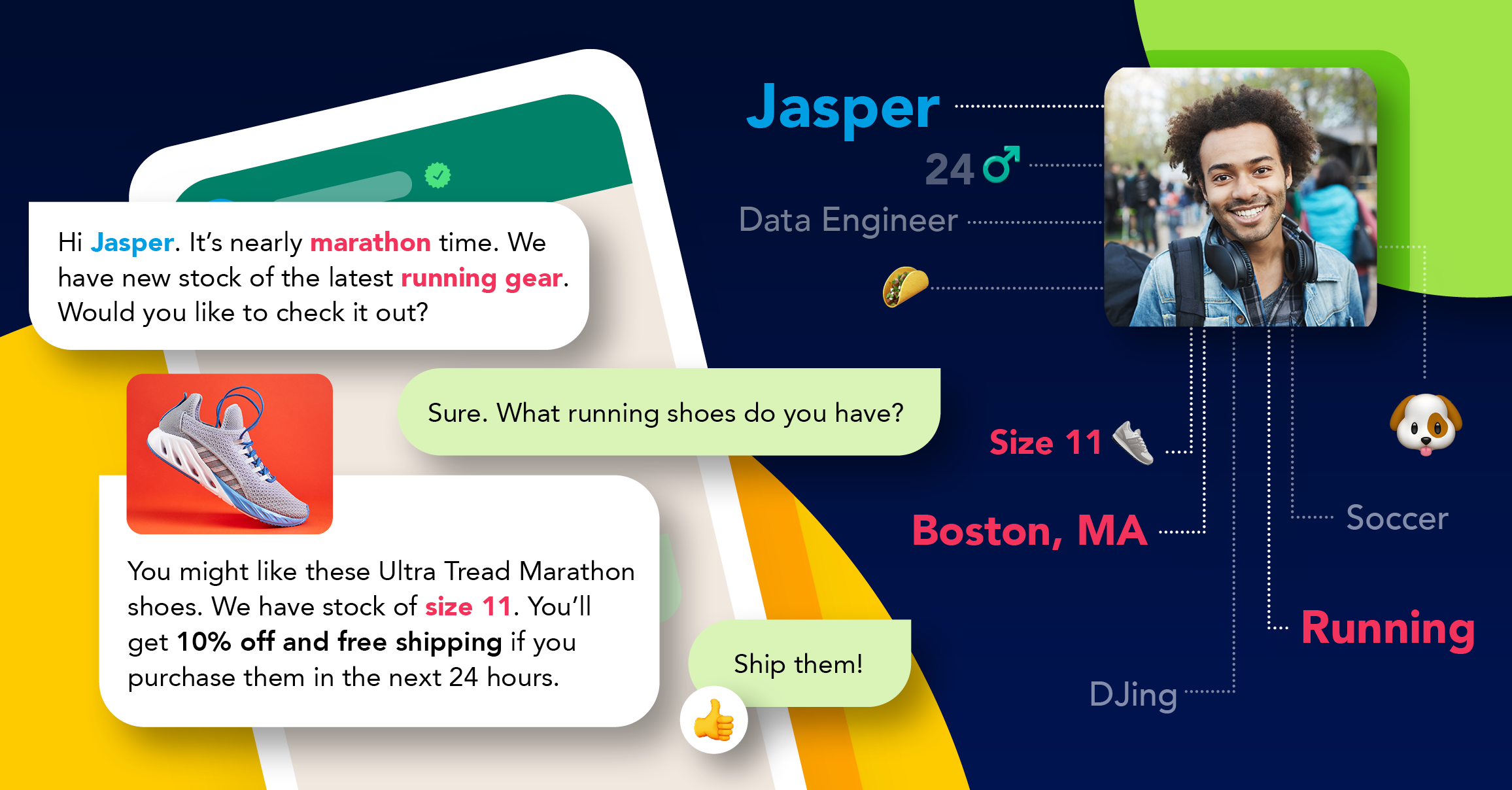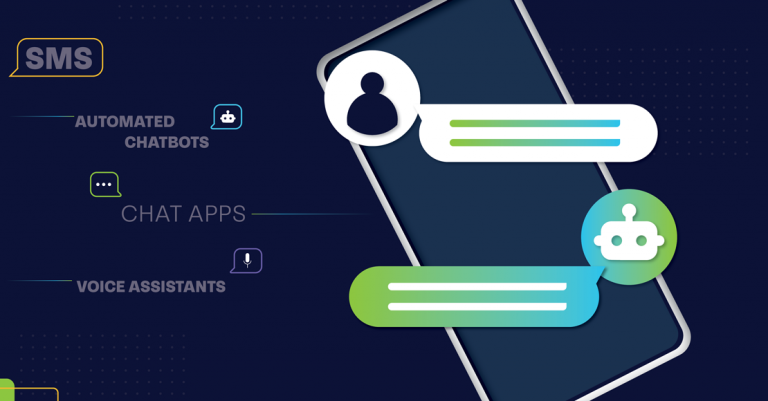
Machine learning in industry
Traditionally machine learning has been prioritized, even monopolized, by companies that drive the technology sector. Companies like Google, Microsoft, Amazon, Apple, Facebook, Tesla, among others. It finally seems though, that other sectors are waking up to the possibilities of machine learning. Businesses with rich sources of data can use machine learning to solve complex problems, recognize patterns, discover new information and even make intelligent decisions based on that data. Here are a few examples of industries that are making use of machine learning.
Financial services
Because machine learning is capable of analyzing massive volumes of information, financial sectors have used it to provide customized financial advice and forecasts. Fraud detection is one of its most common applications. This involves observing the behavior of historic transactions (the actual credit card purchases) and then look for outliers in the patterns (using complex algorithms that detect anomalies).
Logistics and transportation
In this industry, there are a lot of factors that affect profitability. There’s fuel economy, security measures, supply chain infrastructure, the type of transportation (i.e., air vs. land) and whether the transportation is domestic or international. This is by no means exhaustive, so it’s easy to see the complexity of the industry. Enter predictive analytics. This is able to harness massive amounts of data to develop real-world and real-time business solutions that can be applied across these factors.
Telecommunications
Traditionally telecom operators have used machine learning to analyze user and traffic data. This has helped them better understand their customers’ behavior and in-turn improved the customers’ experience. It’s a world where telecom companies are able to offer their customers the best possible plans across any need or budget.
Government
State agencies can use machine learning to streamline operational efficiency. Massive amounts of data are analyzed through these agencies. Algorithms that pick out patterns and anomalies and make predictions about future events (using clustering algorithms). Machine learning and the IoT have received a lot of focus in recent months as agencies look to find solutions to some of the government’s biggest challenges. In the not-too-distant future, the government will be forecasting pollution levels several days in advance or predicting waste volumes inside dumpsters to help waste services prioritize trash removal.
Retail and entertainment
Retail has been using machine learning for a while. Models for product recommendations are built to predict what products a customer is likely to buy, how long they’re likely to spend in the store, and even how they’re likely to pay. These models build a customer profile based on collected data around said customer’s behavior and map this to try and predict the type of response the customer will make in response to a certain offering. Similar to retail, entertainment giant Netflix has revealed that 75% of the content watched on its service comes from its recommended model.
Machine learning in Healthcare
One of the most common applications of machine learning is knowledge discovery. This derives from enormous amounts of medical data and can be to study patterns in healthcare across subjects such as diagnosis and infection rates. This analysis will provide accurate insights and predictions around which customized health plans can be conceived.
Blaise Aguera y Arcas says of the future of machine learning, “It will expand our understanding of both external realities and our perceptual and cognitive processes.”
So what happens when we approach machine learning not as a threat against human expertise, but as a partner for a flourishing relationship where one’s weaknesses are covered by the other’s strengths? What then will humans and machines be able to learn from each other? If you’d like to learn more about how machine learning can help your business engage with your customers, for example, then read our latest article on the subject.
Explore other articles
Step into the future of business messaging.
SMS and two-way channels, automation, call center integration, payments - do it all with Clickatell's Chat Commerce platform.








